It all started on 13 September 2022 when a 22-year-old Kurdish woman named Jina was arrested by the Guidance Patrol at the entry of the Shahid Haghani Expressway in Tehran, Iran. She had traveled all the way from her hometown in Saqqez, a Kurdistan Province in north-western Iran, to the capital in order to visit her younger brother. She had just been admitted to the university hoping to become a lawyer someday. Upon her arrest, she was transferred to the custody of Moral Security Police, a branch of the Iranian Public Security and Intelligence Police that acts as an Islamic religious police center in charge of enforcing sumptuary laws or ending mixed parties by brutally arresting, imprisoning, torturing, and executing participants. It is to this Police department that the Guidance or Morality Patrol is subordinate. Her brother, who was with her at the time, was informed that she would be taken to the detention center to undergo an ‘education class’ and released an hour later. According to a 2017 statement by Hossein Rahimi, head of the Greater Tehran police, ‘those who do not observe Islamic values and have negligence in this area will no longer be taken to detention centers, a legal case will not be made for them, and we will not send them to court; rather, education classes to reform their behavior will be offered.’ This practically meant that Iranian women no longer face jail for dress code violations, but, as it turns out, the situation has not changed significantly ever since.





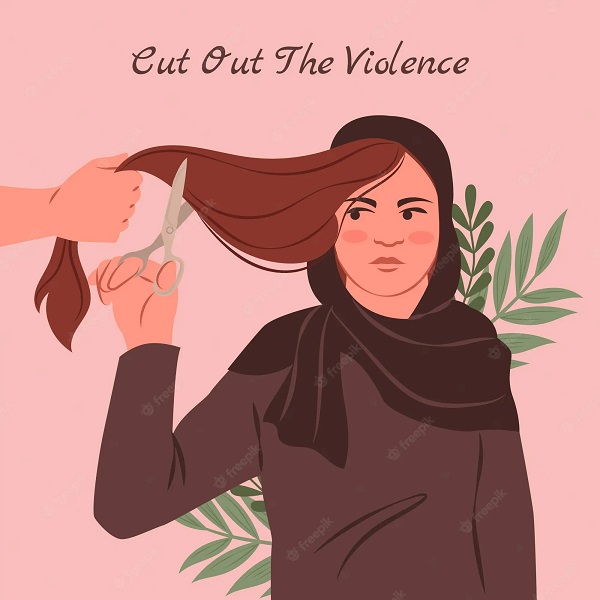
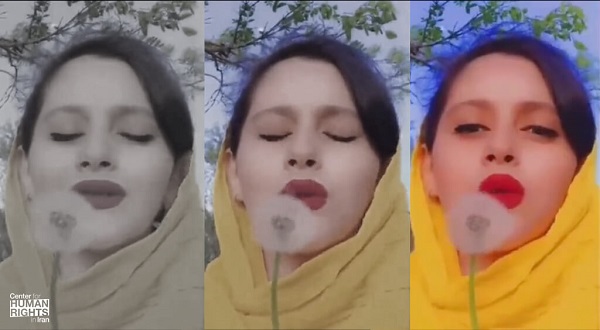
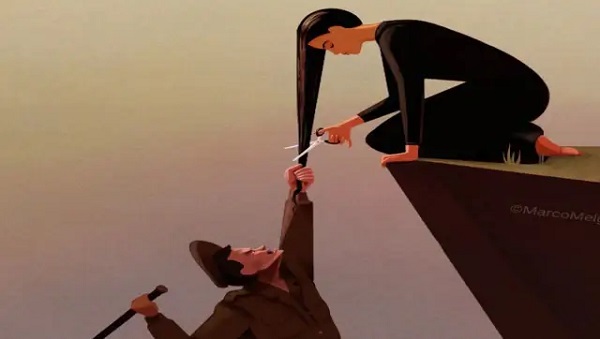

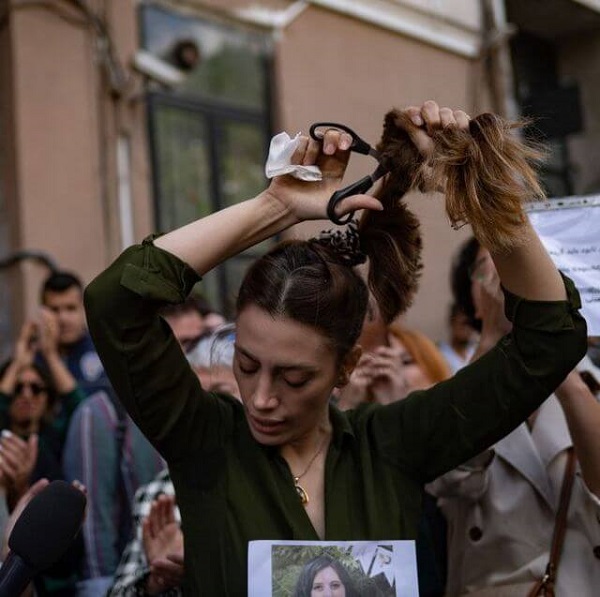

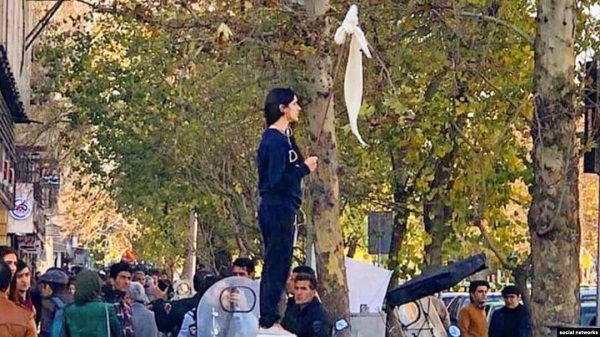
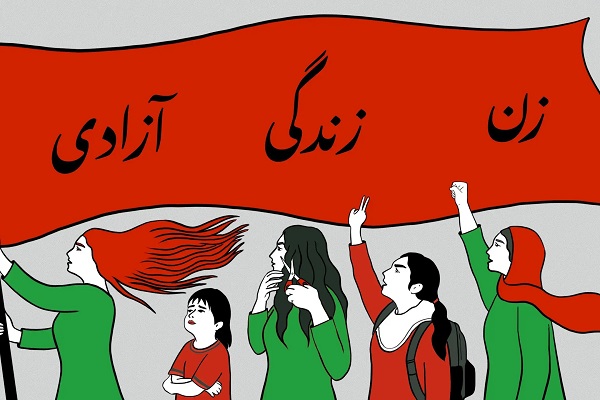
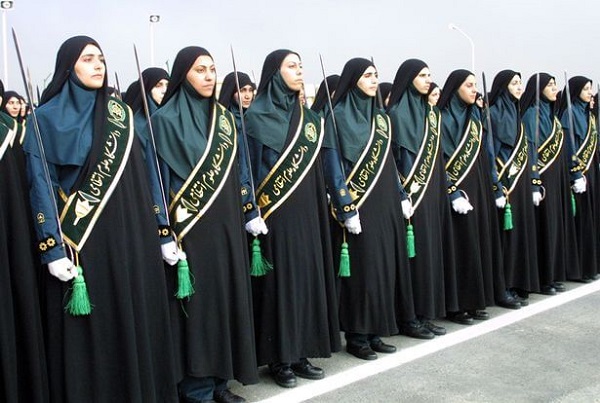
.jpg)
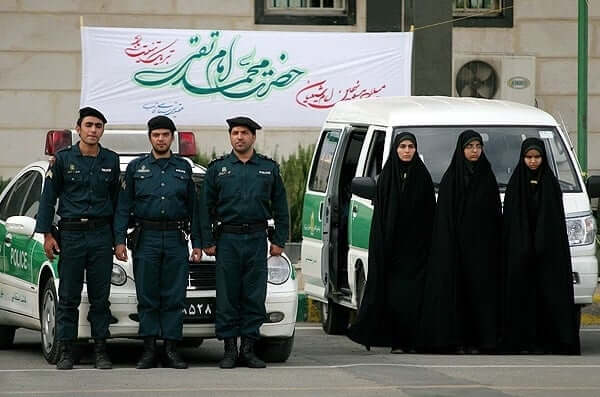

 Login
Login